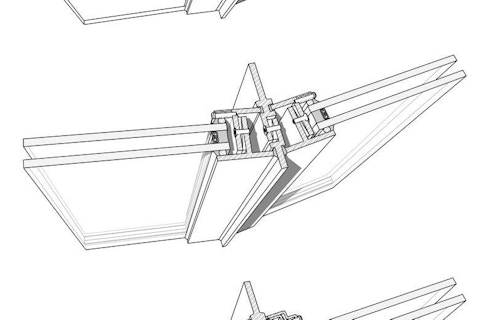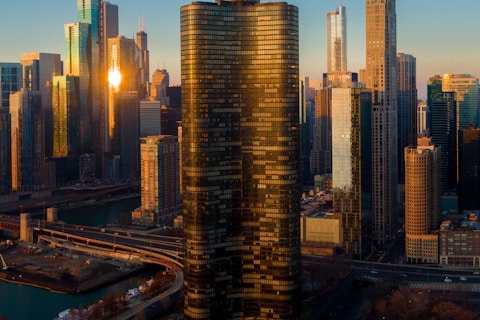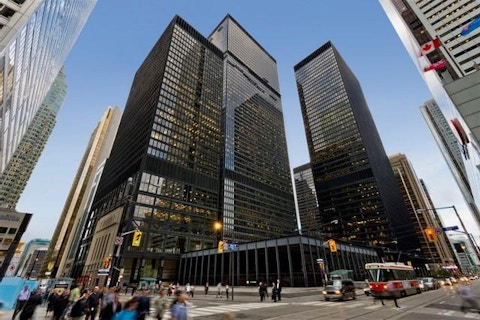The following includes excerpts from the forward, by Mic Patterson, to Architectural Ceramic Assembles Workshop: Bioclimatic Ceramic Systems II. The book, edited by Laura Garófalo and Omar Khan, documents the 2017 ACAW Workshop, a progenitor of the more recent workshops discussed in this issue of SKINS.
Terra cotta today: An ancient material is new again
Materials matter, right?! Exceptional design is rooted in a nuanced understanding and appropriate use of materials. This is especially important in an era where a dramatic expansion of the façade palette is a dominant trend. We all love to explore materials, perhaps especially new materials. But what about the old stuff, even the ancient stuff, the materials of indigenous building practices and prior civilizations? Terra cotta is one such material with a long and storied history in façade applications.

Bhitargaon Temple is terraced brick with terra cotta facade elements; 5th century India (restored but with some original elements). Photo: Jamuna Prasad Sharma, partial closeup of original photo, Creative Commons, https://creativecommons.org/licenses/by-sa/4.0/deed.en
Interest in and application of terra cotta in the building façade has surged in recent years. Part of this owes to the material’s extraordinary durability, some to other sustainability attributes including recyclability and low carbon footprint, and also to its formability and the unique and varied fabrication process used to shape the material. Then there is the magic of the ceramic glazes that bring unlimited artistic expression as the finishing touch.
An understanding of this unique material and the processes used to form it is critical to its application in a project. While this is true of any material, it seems especially true with terra cotta perhaps because it went largely unused in architectural applications for decades through the mid twentieth century into the new millennium. The very best way I know for an inexperienced user to garner a working, hands-on familiarity with this material is through participation in an annual workshop started in 2015 as a collaboration by Boston Valley Terra Cotta and Buffalo University, and involving over the years an invited international selection of professional design teams: ACAW.
The annual Architectural Ceramic Assemblies Workshop (ACAW) event is like the international playoffs of terra cotta—an ancient yet never more relevant building material—pitting world class teams of designers and makers in a friendly competitive material exploration in pursuit of innovation. (The workshop program is fully explained in the podcast, feature 2.) The resulting mockups, as documented on the ACAW website and in books produced for each workshop, are stunning and significant yet are eclipsed by the experience itself; design coupled with making—rolling up sleeves and getting dirty—is a transcendent experience. Making what one designs informs the design process, which enhances the making in turn, creating endless loops of ongoing growth and refinement. The fragmented building industry often short-circuits the critical feedback loops that enable this process. Hopefully, this exemplary workshop will inspire and act as a model for an expanding future of industry-academic collaborations.

ACAW workshop in process at Boston Valley Terra Cotta, courtesy of BVTC.
Another compelling dimension of ACAW is the academic collaboration; select academic teams parallel the professional teams through the workshop. This provides an unparalleled active learning experience for students in the form of a deep dive into this singular material. Material and process education remains a weakness in many architectural schools, even as technological development accelerates and the building materials palette expands. Design and construction practices rooted in a rigorous understanding of materials and processes are fundamental to facilitating the transformation to resilient and sustainable buildings and urban habitat. It is critical that industry and the profession pick up the slack by providing ongoing deep, experience-based learning opportunities to students and practicing professionals alike.
Sadly, ACAW stands alone as a unique industry-academic-professional collaboration, despite the many benefits to all involved. The impressive technical resources that BVTC provides freely to the professional and academic teams has acted to elevate the state of the art of terra cotta applications in the building skin, with impressive examples yielding directly from the workshops. The Orange County Museum of Art is included in this issue as feature 9 (and a video with Stan Su, with Morphosis at the time, discusses the development of the façade system over multiple ACAW sessions in feature 7). My personal favorite ACAW mockup is the stunning Structural Terra Cotta Façade and terra cotta mullion (video in feature 8) by the HOK team, led by brilliant façade designer John Neary in collaboration with industry leading partners: the façade contractor Permasteelisa and component design-fabricator TriPyramid Structures. While the Structural Terra Cotta Facade concept hasn’t led to a built application yet, the ACAW experience provides obvious value in the opportunity to explore and develop an advanced concept such as this.

Orange County Museum of Art terra cotta facade, Morphosis, 2022, courtesy of FTI 2024.
Major kudos to John Krouse and his team at Boston Valley Terra Cotta, and to Omar Khan and his team at the University of Buffalo School of Architecture (and more recently with Carnegie Mellon University), on the conception and implementation of this brilliant profession-industry-academic collaboration bringing together a diverse group of designers and makers, students and professionals, providing a remarkably rich hands-on learning experience over the past nine years; Bravo!
And big thanks to Omar Khan for guest editing this special edition of SKINS, and to the organizers and past participants of ACAW he pulled together to share their experiences and insights in the podcasts and videos featured here.
We love your emails and read every one of them; let us know where you are from and what you think!
Mic Patterson, PhD
Ambassador of Innovation & Collaboration, Façade Tectonics Institute
Recognition, acknowledgement, and great thanks from FTI!
It bears repeating: On behalf of FTI and the SKINS editorial team, I extend our great appreciation to Omar Khan for pulling together this issue of SKINS, and to all participants in the podcasts and videos. Most especially, we'd like to commend and thank Omar and John Krouse for their visionary leadership and the valuable contributions they have made to the building industry with the ACAW event.
The SKINS Team
Omar Khan, FAIA; Head, School of Architecture, Carnegie Mellon University
Guest Editor this issue
Mic Patterson, Facade Tectonics Institute
Executive Editor
Val Block, Facade Tectonics Institute
Associate Editor
Betsy Covington, Technoform
Content Editor
Alberto Alarcon, Kuraray
Social Media & Events Calendar Editor
Join the SKINS team! Contact us at skins@facadetectonics.org. There is work to do and fun to be had!
Please submit comments, suggestions, and articles for consideration to skins@facadetectonics.org.

Mic Patterson
Ambassador of Innovation & Collaboration
Facade Tectonics Institute
Looking for something specific?
Search our extensive library.
FTI’s SKINS email is the central source for the latest in building skin trends and research.
All emails include an unsubscribe link. You may opt out at any time. See our privacy policy.










